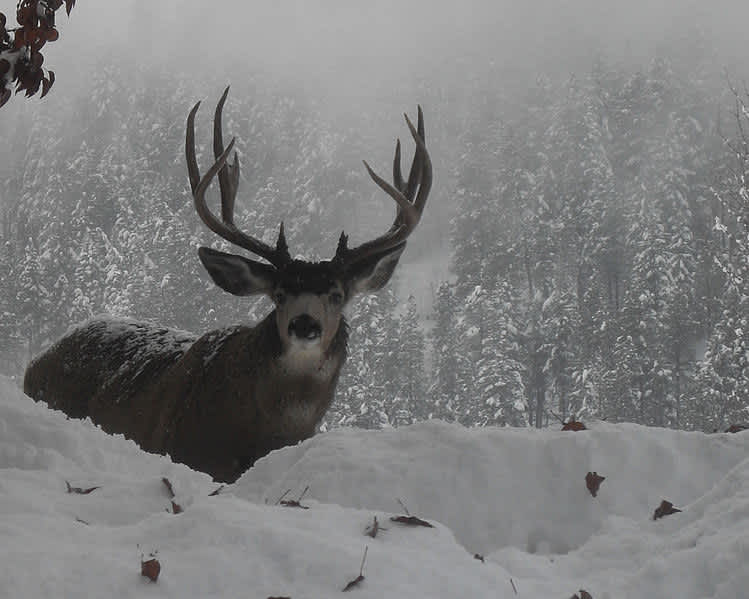Chemists Take Cue from Deer Hunters to Treat Diabetes
OutdoorHub Reporters 03.19.14

The tactics used by deer hunters to avoid detection by a deer’s nose could play a pivotal rule in the future of diabetes testing. According to a press release by the American Chemistry Society, researchers are using data from a hunting-related study to create a device that can “sniff out” changes in blood sugar levels.
“The hunting community, the deer hunters in this case, are always looking for ways to beat the deer, so to speak, in terms of scent control,” said Bronson Strickland, a researcher at Mississippi State University. “A deer’s sense of smell, like a dog’s, can be anywhere from 500 to 1,000 times more acute than a human’s.”
Strickland was working on a study that sought to find out which specific scents spook deer. Humans carry unique scents based on the food they eat, the clothes they wear, and even where they live. While working on isolating how scent-killing sprays worked, Strickland found that his research brought him in contact with two of his colleagues, graduate student Shamitha Dissanayake and lab director Todd Mlsna. Dissanayake and Mlsna are studying how to analyze scents called volatile organic compounds (VOCs) that are emitted from the human body. VOCs are important because they can signal changes in blood sugar level for people with type 1 diabetes.
Currently, specially-trained dogs can detect these changes by scent. While highly effective, training canines for this role can be expensive and time-consuming. In addition, only a few places exist where dogs can get this form of training.
So researchers are looking for a new way to smell VOCs. Dissanayake and Mlsna were surprised at the correlations between their research and Strickland’s. Since the two studies use similar methods and instruments, data from one is useful for the other. Mlsna says that with the shared data between the two projects, he hopes to create a portable electronic device that can do the job of the trained dogs.
“It’s exciting to work in this field,” Mlsna said. “We now have the combination of the analytical power and the computing power to really make sense of all these complicated data.”
The research is funded in part by the National Science Foundation.

